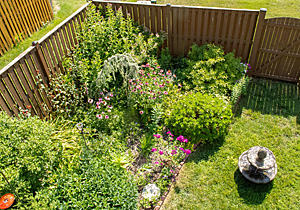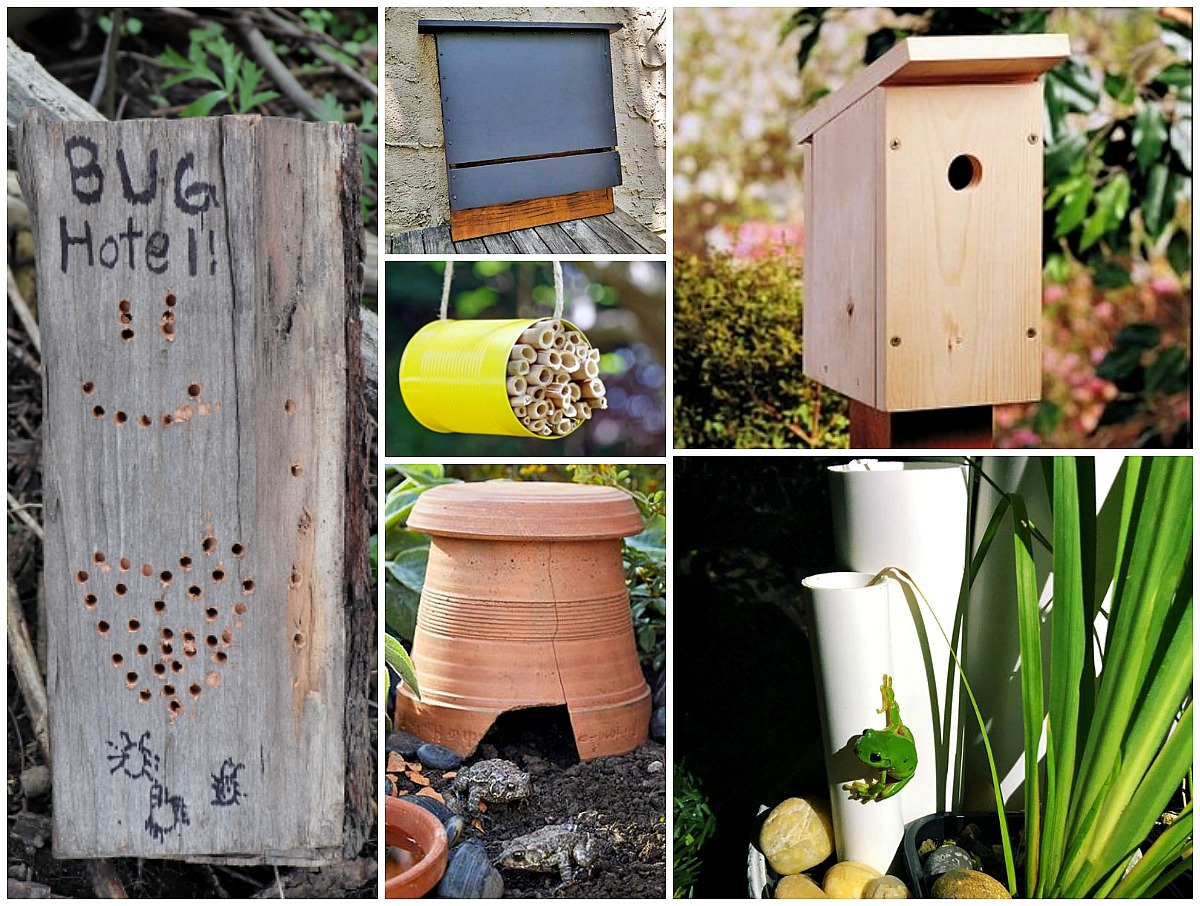Backyard Wildlife Safari Creating A Habitat For Local Fauna

If you’re a homeowner, you might have noticed the abundance of wildlife in your backyard. While watching these creatures is fun, it’s important to remember that their habitats are consistently shrinking. This is why the Audubon At Home Program was created — to help homeowners create a habitat that encourages wildlife to thrive. In this post, we’ll be discussing the importance of the program, and how you can improve your backyard to be a wildlife paradise.
Why is the Audubon At Home Program Important?
The Audubon At Home Program is critical in creating wildlife habitats. By creating a suitable environment for birds, insects, and other creatures, the program helps restore ecosystems that have been lost due to urban development. As natural habitats are destroyed, animals need a new place to call home. The Audubon At Home Program provides them with that new residence.
In addition to providing animal habitats, the Audubon At Home Program is also successful in filtering out toxins from the environment. This is because the plants that are often used in creating the habitats absorb harmful substances. This filtration process helps prevent these toxins from seeping into the ground or other water sources.
Finally, the Audubon At Home Program is also successful in preserving the natural environment. By creating homes for creatures, it reduces the amount of land that is taken away from natural habitats. Furthermore, it helps reduce pollution and its impact on wildlife.
How to Improve Your Backyard for Wildlife
Improving your backyard habitat is a simple process that can be done in a few easy steps.
- Step 1: Assess your space to determine what types of habitats are already present. This will give you a better understanding of what needs to be added to improve the environment.
- Step 2: Add food sources such as bird feeders, fruit trees, or nectar-producing flowers.
- Step 3: Provide water sources such as bird baths or fountains.
- Step 4: Plant native vegetation to provide a home for wildlife.
- Step 5: Reduce lawn size to create more space for animal habitats.
- Step 6: Provide nesting sites for birds such as birdhouses or nesting boxes.
By following these simple steps, your backyard can become a wildlife paradise that will attract and preserve the habitats of many different creatures.
Tips & Tricks for Creating a Wildlife Haven in Your Backyard
If you’re new to creating a backyard habitat for wildlife, here are a few tips and tricks to get you started:
- Tip 1: Choose native plants that encourage biodiversity and provide food and shelter for local wildlife.
- Tip 2: Eliminate pesticides and other chemicals that can harm animals.
- Tip 3: Use a variety of plant life to create a more natural environment.
- Tip 4: Provide nesting locations for various types of animals, such as a birdhouse on a pole or a brush pile for small critters.
- Tip 5: Make sure you offer a water source and provide shelter for animals to hide from predators.
- Tip 6: Regularly inspect and maintain your habitat to ensure everything is still safe and healthy for wildlife.
Frequently Asked Questions
Here are some common questions people ask about the Audubon At Home Program and backyard habitats in general:
Q: How long will it take to create a backyard habitat?
A: The amount of time it takes to create a backyard habitat depends on how much you’re willing to invest in the project. Some habitats can be created in a weekend, while others might take a few months.
Q: Do I need a lot of space for a backyard habitat?
A: You don’t need a lot of space to make a significant impact! Even small spaces can make a difference by providing food, water, and shelter for wildlife.
Q: Can I attract pests with a backyard habitat?
A: If you follow the necessary steps and maintain your habitat, it shouldn’t attract pests. However, you might have to take extra precautions to ensure that common pests, like mosquitos, aren’t breeding in your water sources.
Q: What are the benefits of having a backyard habitat?
A: Backyard habitats offer numerous benefits. They provide a home for wildlife, are environmentally friendly, and create a beautiful space to enjoy the outdoors. Additionally, they help reduce pollution and harmful chemicals from leaching into the ground, making the environment safer for all.
Q: Are backyard habitats expensive to create?
A: Backyard habitats can be created on any budget. From high-end landscaping to a simple bird feeder, there’s something to suit every budget.
Q: Can backyard habitats be created in urban areas?
A: Yes! It’s especially important to create habitats in urban areas since these areas are often devoid of natural habitats. By creating a backyard haven, you’re helping to restore the balance of the ecosystem while also creating a beautiful space for you to enjoy.
In Summary…
Creating a backyard habitat for wildlife is both beneficial to the environment and a great way to enjoy the outdoors. The Audubon At Home Program is a valuable resource that provides guidance on how to create these habitats. By following the simple steps outlined in this post, and with the help of a little ingenuity, you can create a backyard paradise that will attract and preserve the habitats of many different creatures.


Post a Comment for "Backyard Wildlife Safari Creating A Habitat For Local Fauna"